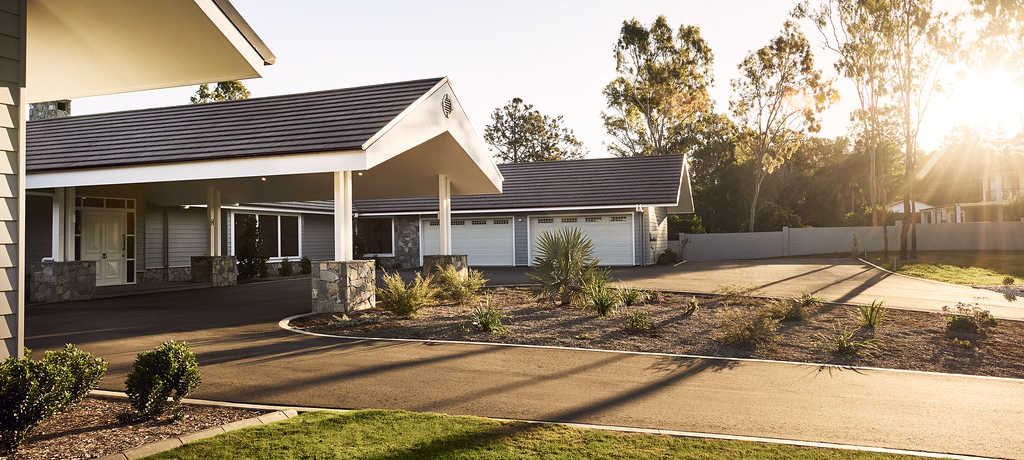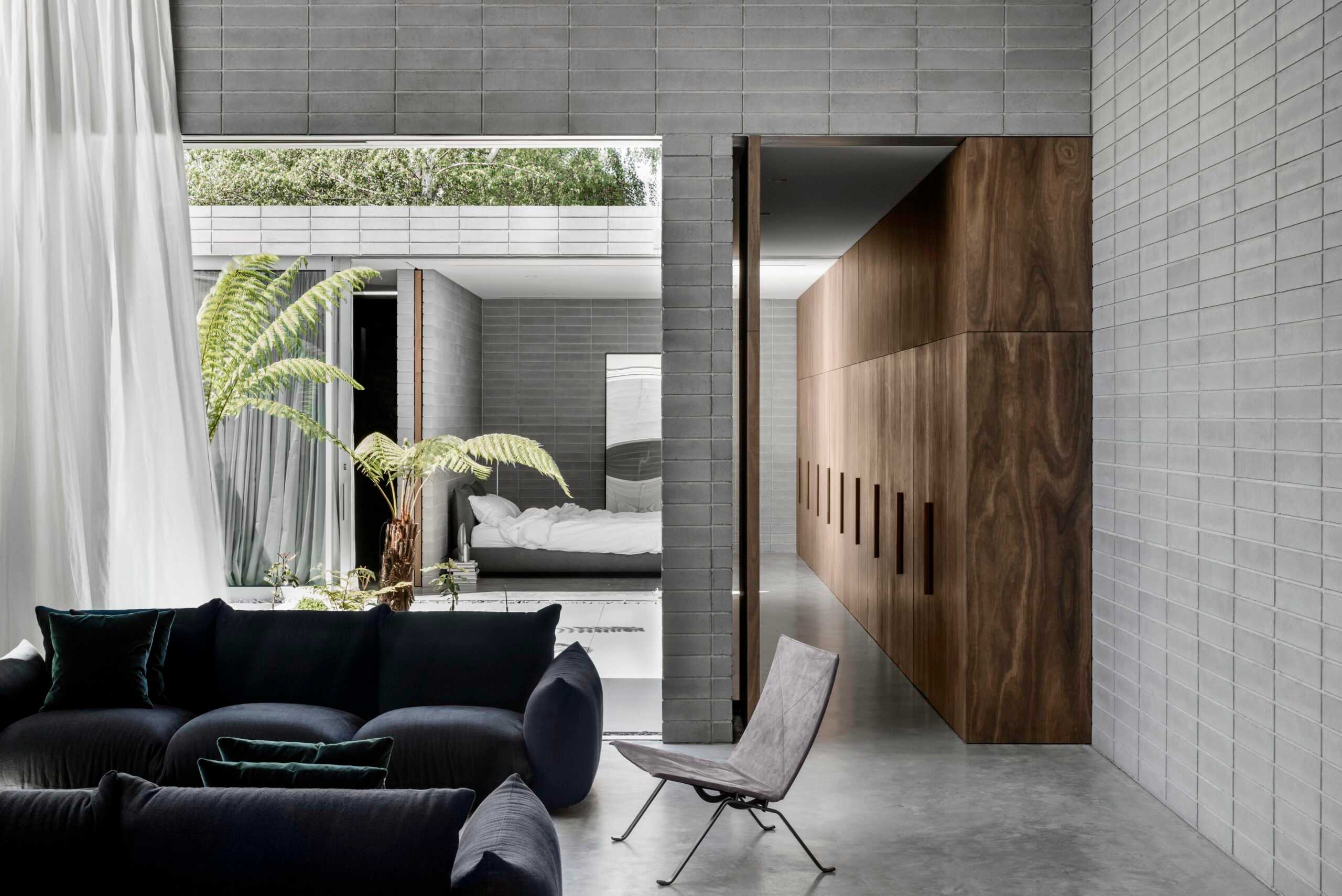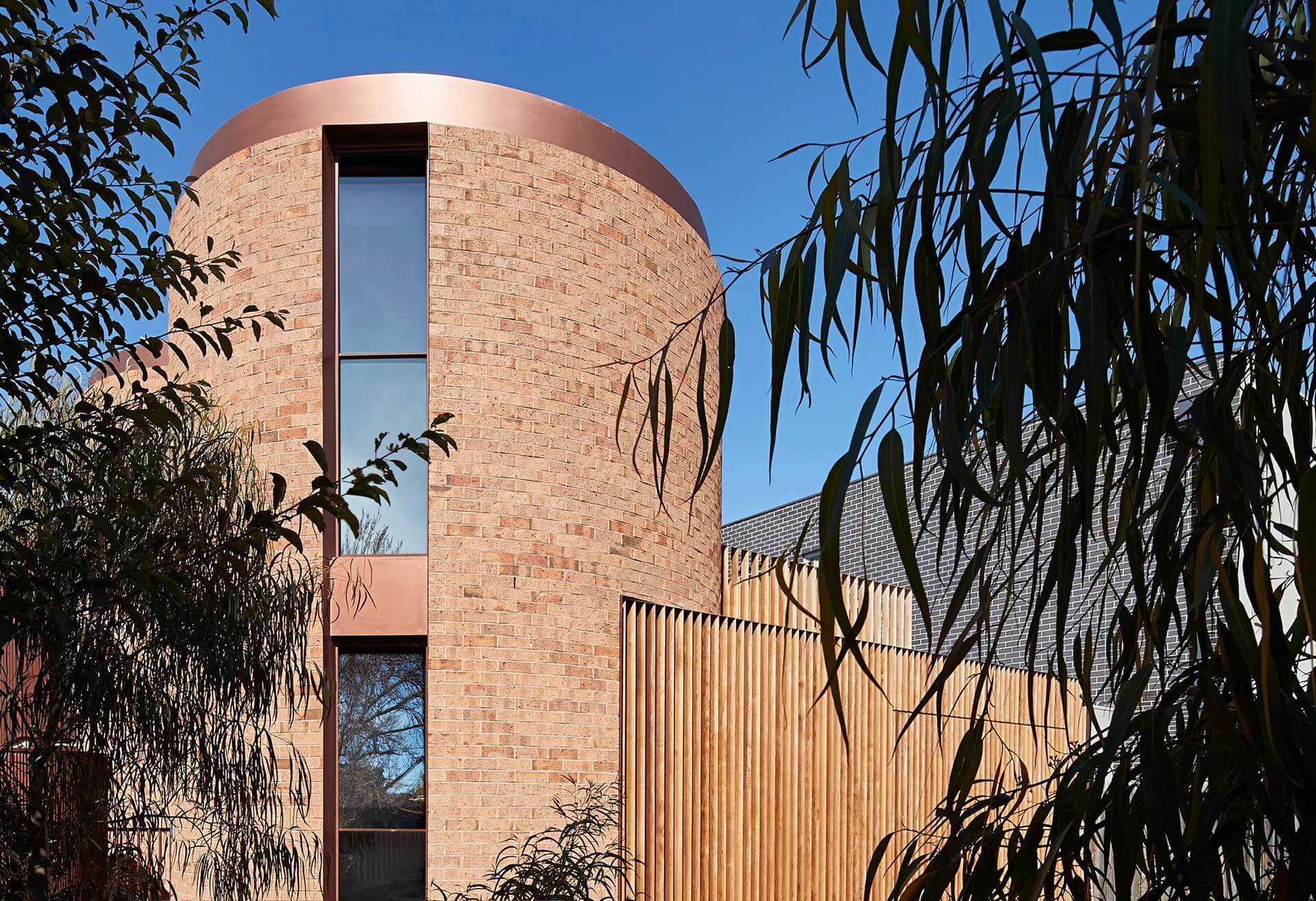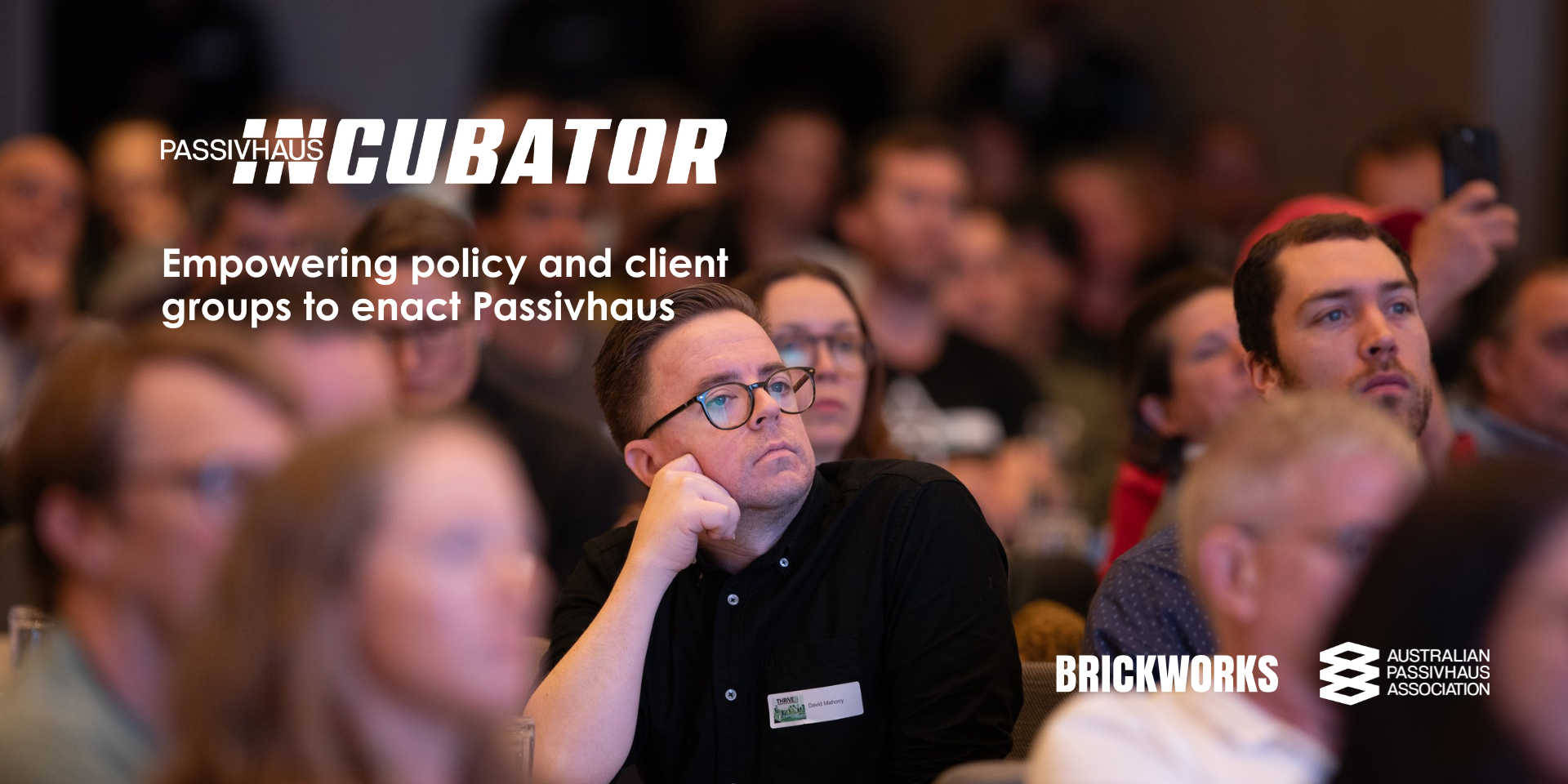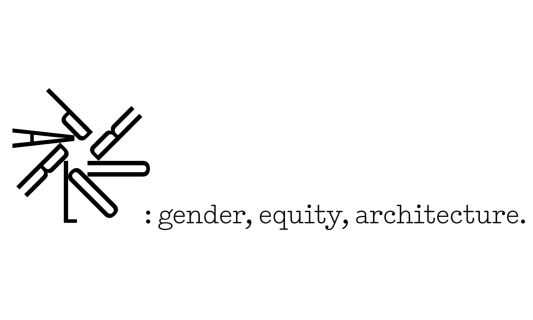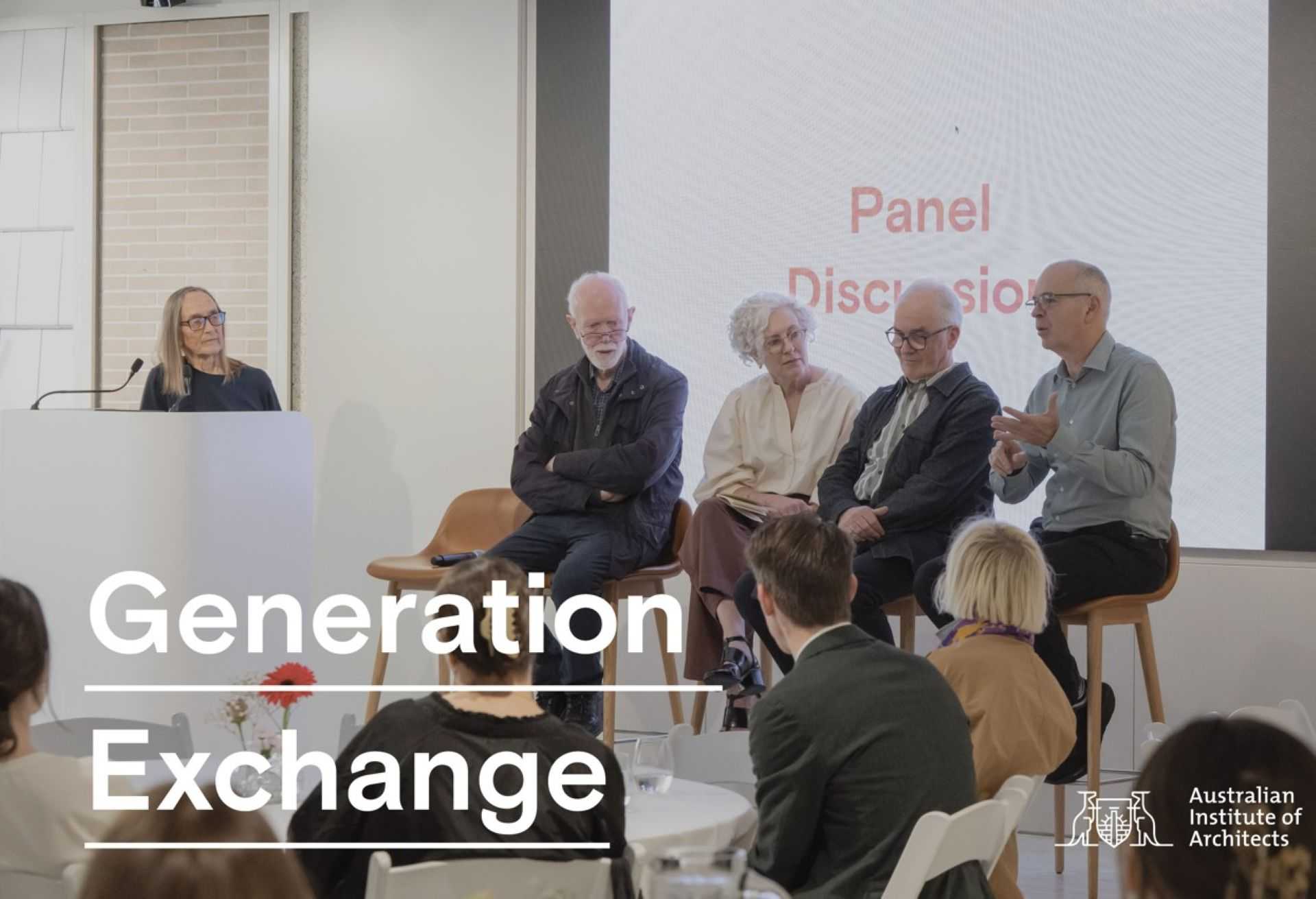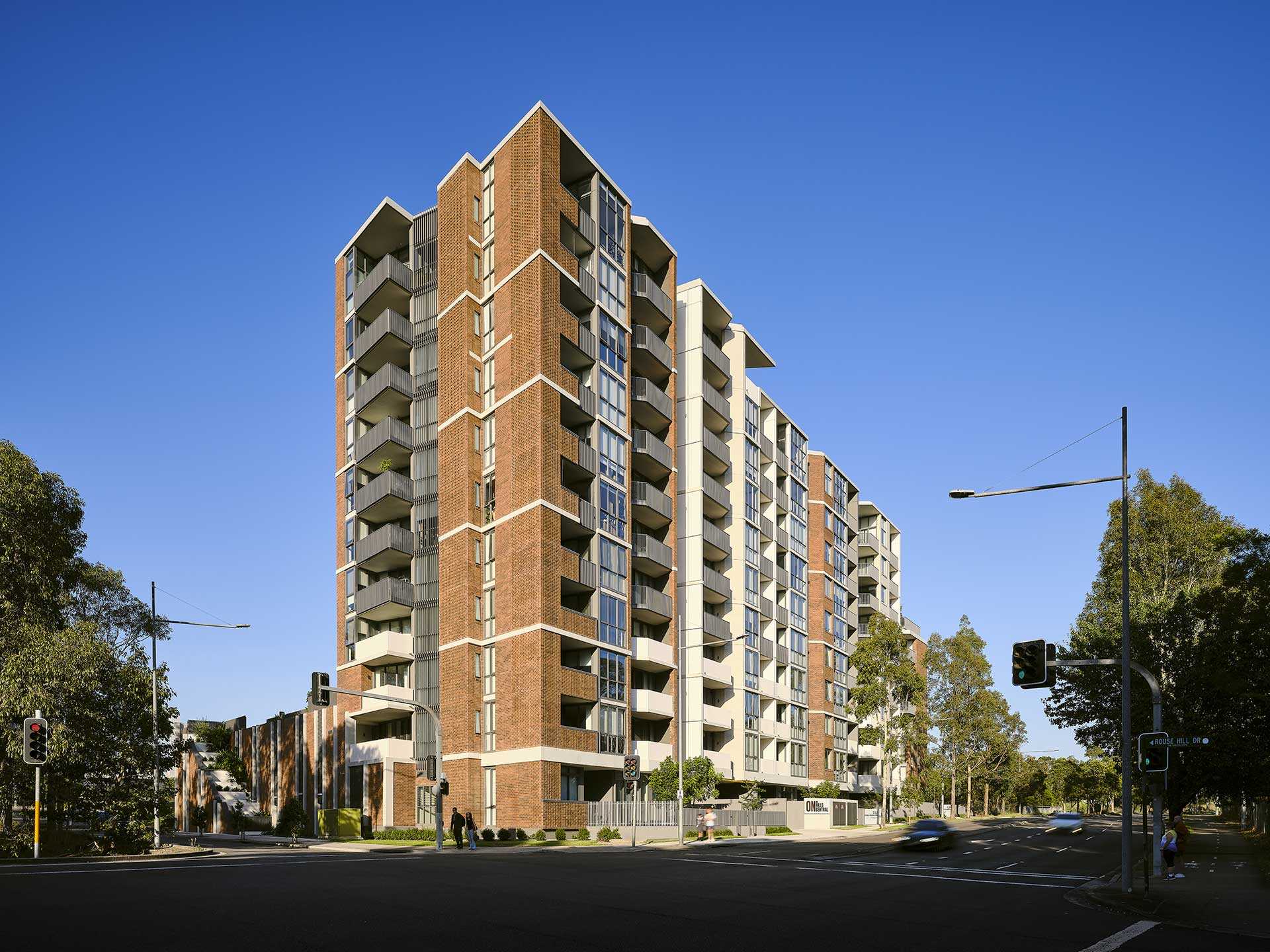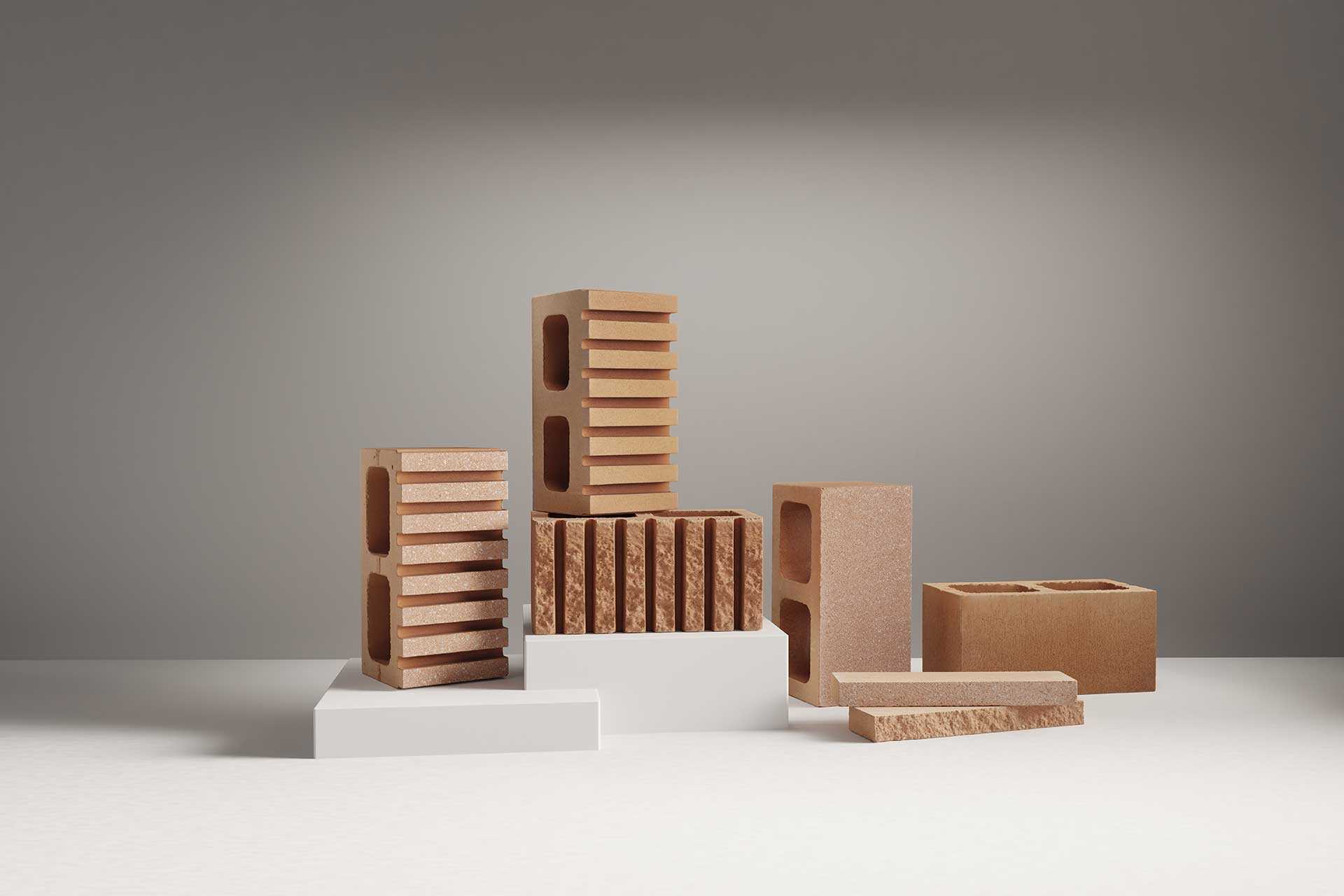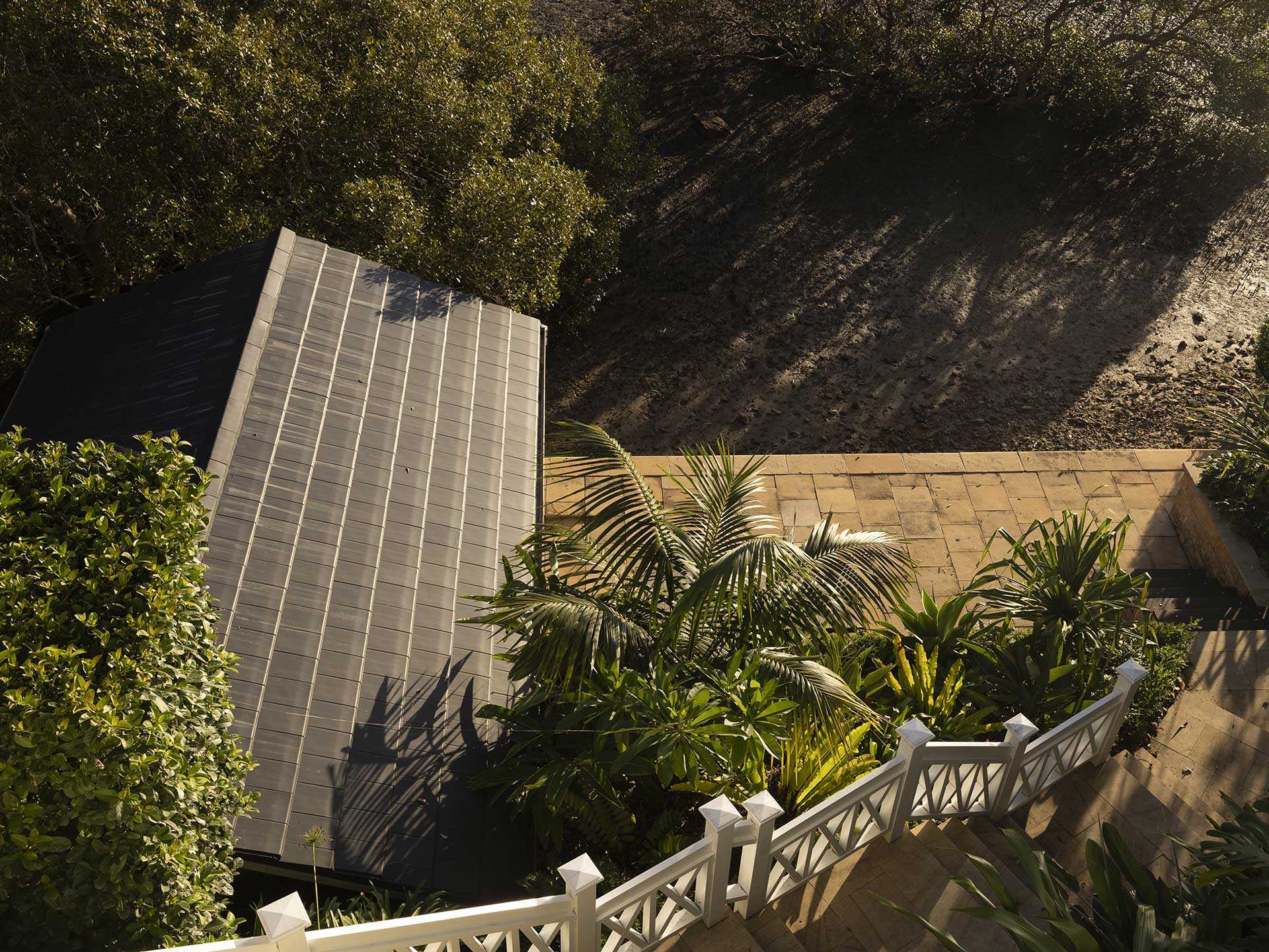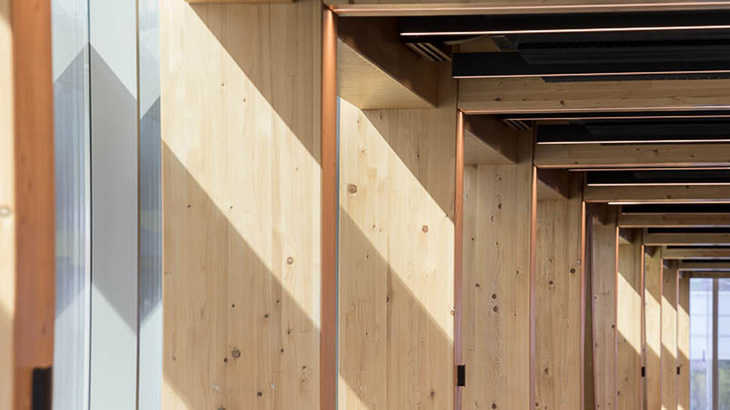
News, Sustainability
The Timber Tower is here
Throughout recorded history certain building materials have revolutionised the way societies have built. For the Romans it was stone. In the gothic age intricate masonry took over, before Tudor England fell in love with timber and thatch. Eventually, concrete and steel help built the first megacities in America.
Get In Touch
Build your dream home.
Learn about our products.
Learn about our products.
Learn from the best.
Join us at an event.
Join us at an event.
Tags
Please register for this event
Get Inspired
Stay up to date with the latest trends, products projects and more on Instagram.
